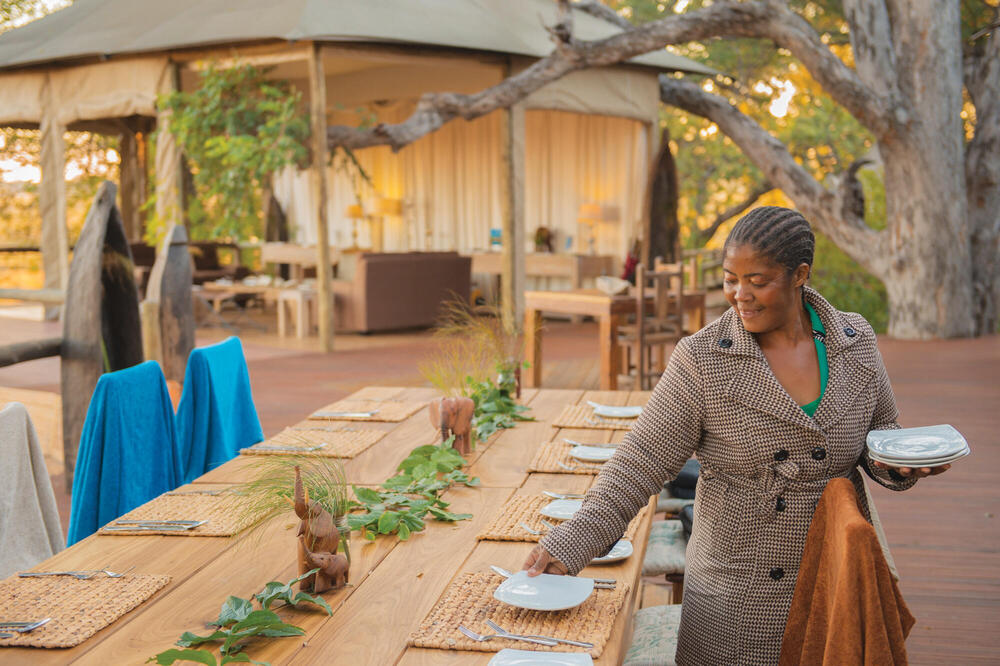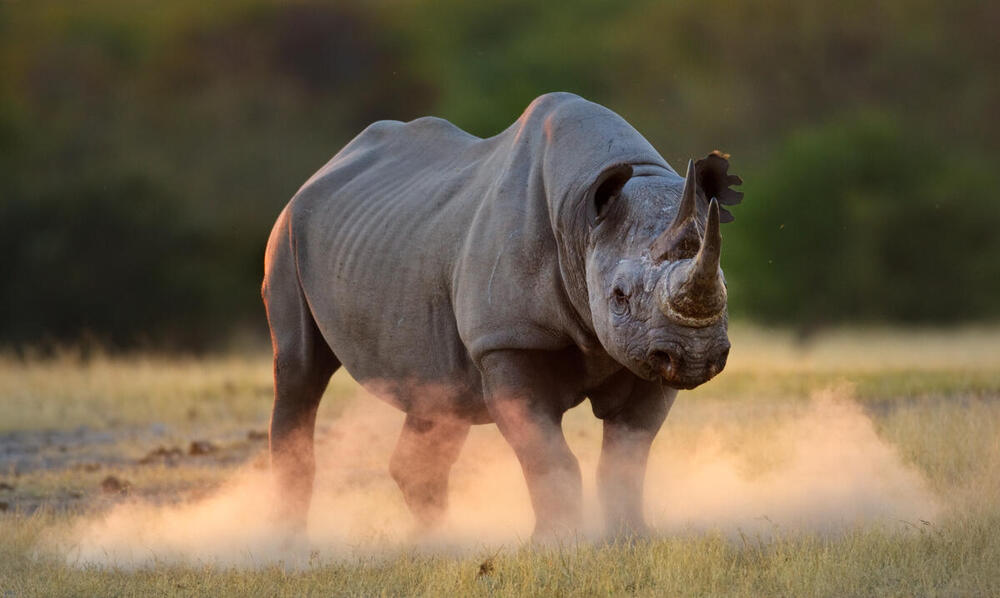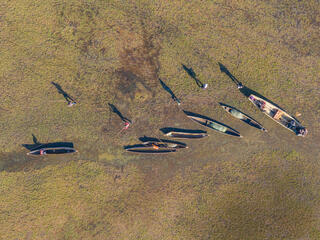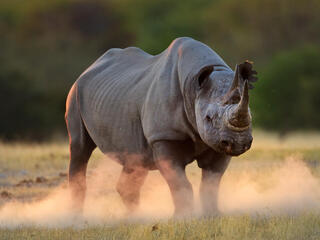“It’s a very sad situation because our livelihoods depended on our lodges,” says Lorna Dax, manager of the Khaodi & Haos Conservancy in Namibia’s Kunene region. In Namibia, she explains, it’s not uncommon for one employee to support 10 family members.
Tourism businesses, including lodges and hunting concessions in conservancies, paid $3.9 million in wages to conservancy employees in 2018. They also paid $3.6 million in annual conservation fees that help cover the costs of managing and protecting wildlife and habitats. This year, though, the payout could be a fraction of that amount.
Without such annual payments, protections for wildlife could decrease, which some worry could lead to a rise in poaching. Recently, a rhino was discovered poached—the first such incident in a communal conservancy in two-and-a-half years. While the event wasn’t necessarily linked to the pandemic, experts say it’s a warning of how quickly progress can be lost during economic downturns.
Maxi Louis, director of the Namibian Association of Community-Based Natural Resource Management (CBNRM) Support Organization (NACSO), says that she believes conservancies have generally improved people’s attitudes toward wildlife, but fears that “due to COVID-19, those gains will be lost.” Leonard Masangu Mbala, chairperson of the Kabulabula Conservancy in Namibia’s Zambezi region, shares those concerns: “Everyone who has lost their employment has returned to the villages, and people are forced by hunger to poach,” he says. “What else can they do?”
As communities try to cope in the short term, the Namibian government, civil society, and passionate conservationists have rallied—with support from WWF and key partners—to help fill the void the pandemic has created.
“Conservation responsibilities come at a cost,” says Richard Diggle, CBNRM coordinator for WWF-Namibia. He is collaborating with Namibia’s Wildlife and National Parks Directorate for the Ministry of Environment, Forestry and Tourism (MEFT) to develop the Conservation Relief, Recovery and Resilience Facility (CRRRF) fund, a coordinated national effort to provide immediate financial relief to conservancies affected by COVID-19.
Initially, the fund’s primary aim is to maintain salaries for game guards (as coordinated by MEFT); help mitigate human-wildlife conflict; and provide financial support to conservancy members who have lost their incomes. The first payments were disbursed in June 2020.




